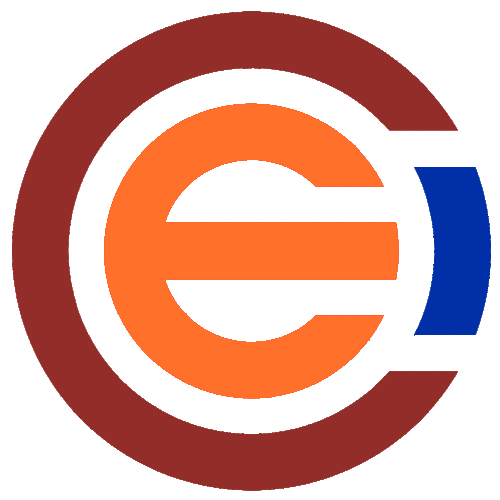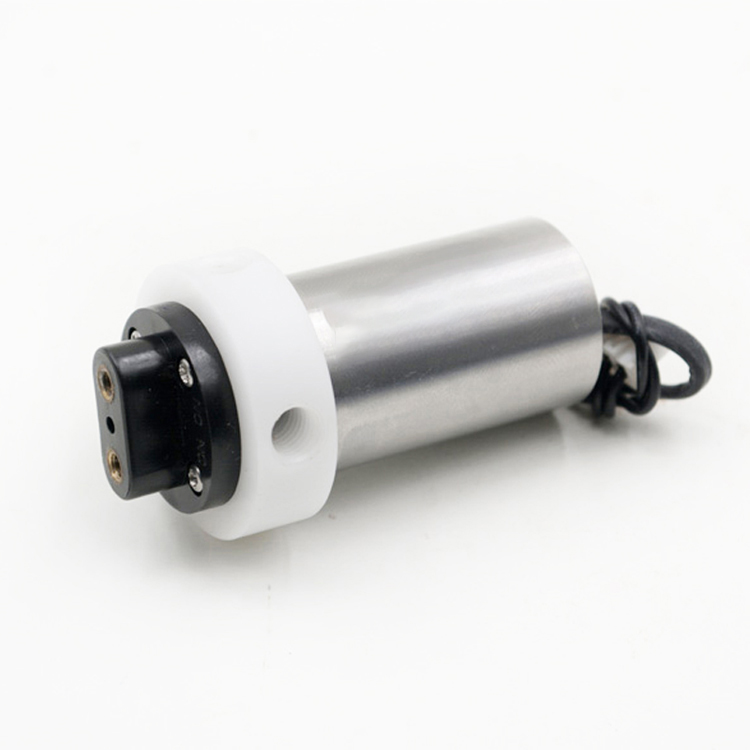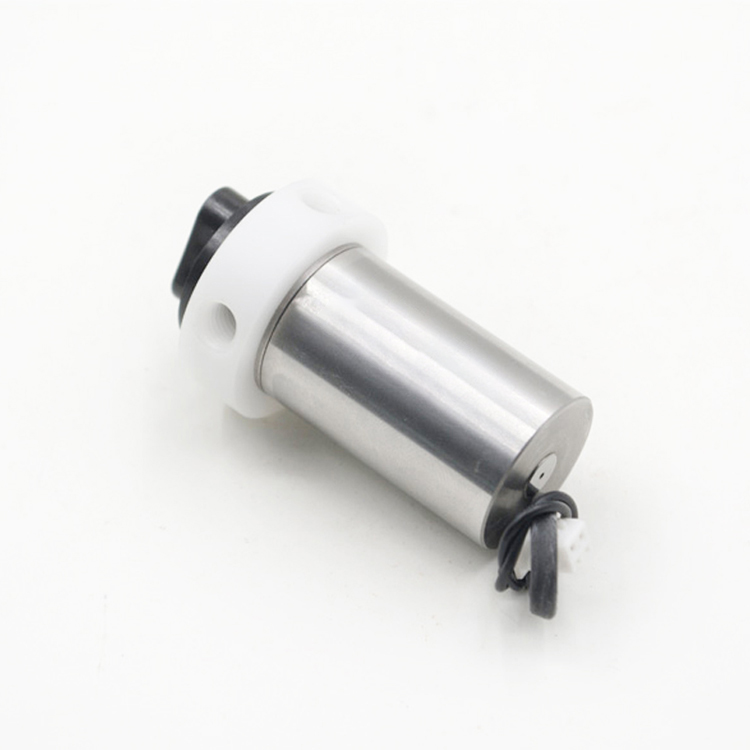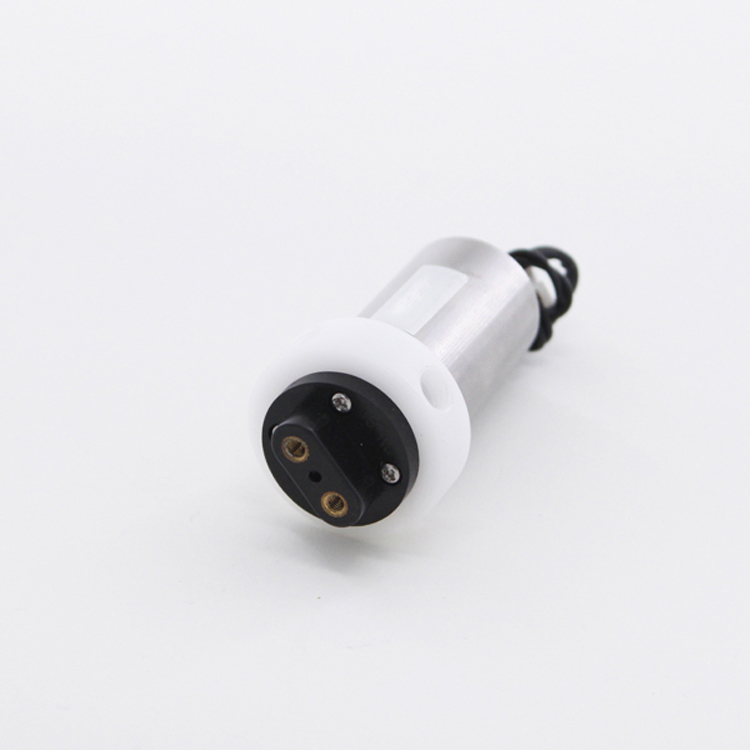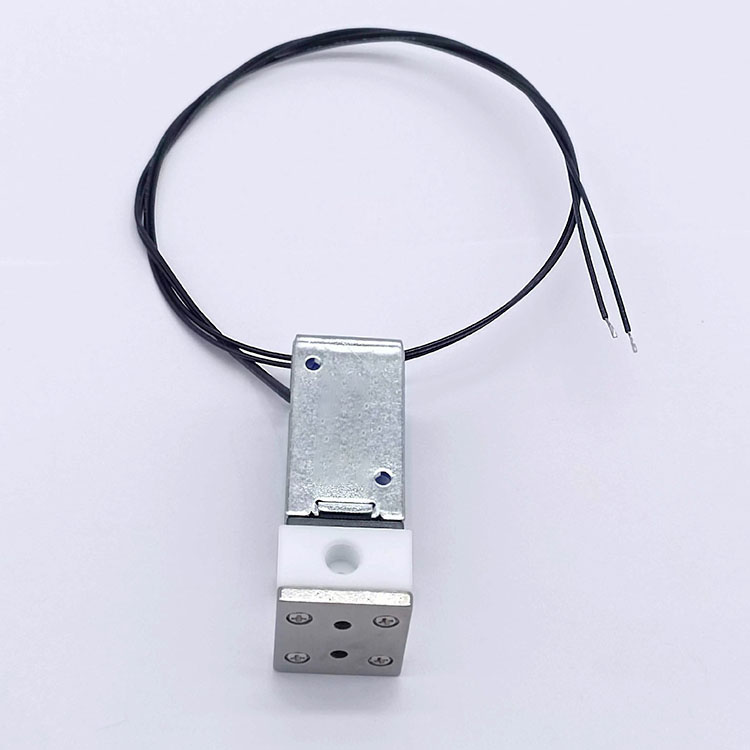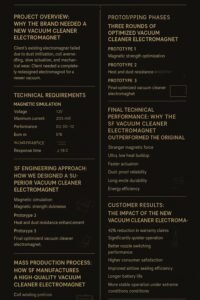Last Updated on 2025-09-04 by SolenoidFactory
Fluid control systems are the lifeblood of industries ranging from oil and gas to pharmaceuticals, where precise regulation of liquids and gases is critical. At the heart of these systems lie valves—devices that start, stop, or modulate fluid flow. While traditional valves rely on manual, pneumatic, or hydraulic actuation, electromagnets have emerged as a transformative technology for valve drive mechanisms. Their ability to deliver rapid, precise, and automated control has revolutionized fluid management in modern engineering.
As a professional electromagnet manufacturer, we explore the science, applications, and advancements of electromagnets in valve drive and fluid control systems. This blog delves into their operational principles, industry-specific use cases, and the innovations shaping the future of fluid dynamics.
1. The Science of electromagnets and Electromagnetic Valve Actuation
1.1 How Electromagnets Power Valves
Electromagnetic valves, commonly known as solenoid valves, use an electromagnet to control the movement of a plunger or diaphragm. When an electric current flows through the coil, it generates a magnetic field that moves the plunger, either opening or closing the valve. De-energizing the coil reverses the action via a spring or fluid pressure, restoring the valve to its default state.
1.2 Key Components of Solenoid Valves
- Coil: The electromagnet’s core component, typically made of copper or aluminum wire.
- Plunger/Diaphragm: A ferromagnetic part that moves under magnetic force to regulate fluid flow.
- Valve Body: Houses the fluid pathway and sealing elements.
- Spring: Returns the plunger to its default position when the coil is de-energized.
1.3 Types of Solenoid Valves
- Direct-Acting Valves: Use the solenoid’s force directly to open/close the valve. Ideal for low-pressure applications.
- Pilot-Operated Valves: Rely on fluid pressure differentials to assist valve operation, suitable for high-pressure systems.
- 2-Way, 3-Way, and 4-Way Valves: Differ in the number of ports and flow paths, enabling diverse control strategies.
2. Advantages of Electromagnetic Valve Drive Systems
2.1 Rapid Response Time
Electromagnets activate in milliseconds, enabling near-instantaneous valve operation. This is crucial for applications requiring quick shut-off, such as emergency pressure relief in pipelines or precise dosing in chemical reactors.
2.2 Precision and Repeatability
Solenoid valves provide exact control over flow rates and timing, ensuring consistent performance in processes like fuel injection, medical IV systems, or semiconductor cooling.
2.3 Energy Efficiency
Unlike pneumatic systems that require continuous air supply, solenoid valves consume power only during actuation. Advanced designs, such as latching solenoids, further reduce energy use by maintaining position without power.
2.4 Compact and Lightweight Design
Electromagnetic valves are often smaller and lighter than their pneumatic or hydraulic counterparts, simplifying integration into space-constrained systems like aerospace hydraulics or portable medical devices.
2.5 Automation and IoT Integration
Solenoid valves seamlessly integrate with programmable logic controllers (PLCs), sensors, and IoT platforms, enabling fully automated and remotely monitored fluid control systems.
3. Industrial Applications of Electromagnets
3.1 Oil and Gas Industry
Electromagnetic valves regulate the flow of crude oil, natural gas, and refined products in pipelines, refineries, and offshore platforms. They ensure safe shut-off during leaks, control pressure in storage tanks, and manage gas injection in enhanced oil recovery.
Case Study: A subsea oil rig deployed pilot-operated solenoid valves to withstand 10,000 psi pressures while enabling remote operation from onshore control centers.
3.2 Water and Wastewater Treatment
In treatment plants, solenoid valves control the dosing of chemicals (e.g., chlorine, coagulants) and manage filtration cycles. Their corrosion-resistant designs handle aggressive fluids, while fast response times prevent overflow in pumping stations.
3.3 Pharmaceutical and Biotechnology
Sterile processing demands precision. Electromagnets valves regulate the flow of solvents, APIs (active pharmaceutical ingredients), and purified water in bioreactors, filling machines, and cleanrooms. Materials like FDA-approved PTFE ensure compliance with hygiene standards.
3.4 HVAC and Refrigeration
Solenoid valves manage refrigerant flow in cooling systems, ensuring energy-efficient temperature control. In smart buildings, they adjust water flow in radiant heating systems based on real-time occupancy data.
3.5 Automotive and Aerospace
- Fuel Injection Systems: High-speed solenoid valves control fuel spray timing and volume, optimizing combustion efficiency.
- Aircraft Hydraulics: Lightweight, high-pressure valves actuate landing gear, brakes, and flight control surfaces.
-
Rated 0 out of 5
-
Rated 0 out of 5
-
Rated 0 out of 5
-
Rated 0 out of 5
4. Technical Challenges and Solutions of electromagnets
4.1 High-Pressure and High-Temperature Environments
Challenge: Extreme conditions can degrade coil insulation or cause valve seizure.
Solution: Use high-temperature resins for coil winding, stainless steel or alloy valve bodies, and heat dissipation designs.
4.2 Fluid Compatibility
Challenge: Corrosive or viscous fluids can damage valve components.
Solution: Select materials like Hastelloy, PTFE, or ceramic coatings tailored to the fluid’s chemical properties.
4.3 Leakage and Wear
Challenge: Repeated actuation wears seals, leading to leaks.
Solution: Incorporate self-lubricating seals, redundant sealing layers, and predictive maintenance via IoT sensors.
4.4 Power Supply Stability
Challenge: Voltage fluctuations affect valve response.
Solution: Implement feedback-controlled power supplies and surge protection circuits.
5. Innovations Driving the Future of Electromagnetic Valves
5.1 Smart Valves with Embedded Sensors
Modern solenoid valves integrate sensors to monitor parameters like pressure, temperature, and flow rate. Data is transmitted to cloud platforms for predictive maintenance and performance optimization.
Example: A smart valve detects a drop in flow efficiency, triggering an alert for seal replacement before a failure occurs.
5.2 Energy-Harvesting Systems
Energy-efficient designs, such as bistable latching valves, use permanent magnets to hold position without power. Some systems even harvest energy from fluid flow or vibrations to power the valve itself.
5.3 Additive Manufacturing (3D Printing)
3D-printed valves with complex internal geometries optimize fluid dynamics, reduce weight, and enable rapid prototyping of custom designs.
5.4 AI-Driven Fluid Control
Machine learning algorithms analyze historical data to optimize valve timing and flow rates dynamically. In chemical plants, AI adjusts valve settings in real time to maintain reaction stoichiometry.
5.5 Green Technology Integration
Electromagnetic valves play a key role in hydrogen fuel cells, carbon capture systems, and water-saving irrigation technologies, supporting global sustainability goals.
6. Selecting the Right Electromagnets
6.1 Key Selection Criteria
- Fluid Type: Consider chemical compatibility, viscosity, and particulate content.
- Pressure and Temperature Ratings: Ensure the valve meets system operating limits.
- Response Time: Match actuation speed to process requirements.
- Certifications: Look for industry-specific standards (e.g., ATEX for explosive environments, NSF for water safety).
6.2 Customization for Industry Needs
As a manufacturer, we offer tailored solutions, including:
- High-Pressure Valves: Designed for oil and gas or hydraulic systems.
- Sanitary Valves: Polished surfaces and crevice-free designs for biopharma.
- Explosion-Proof Valves: Certified for hazardous environments.
Electromagnets—Powering Precision in Fluid Control
Electromagnetic valve drive systems represent the pinnacle of precision, efficiency, and adaptability in fluid control. From managing hazardous chemicals in refineries to enabling life-saving drug production, their applications are as diverse as they are critical. As industries embrace automation and sustainability, the demand for advanced solenoid valves will continue to surge.
For businesses seeking to enhance their fluid control systems, electromagnets offer a future-proof solution that balances performance with energy efficiency. By collaborating with an experienced electromagnet manufacturer, industries can unlock new levels of operational excellence, safety, and innovation.
About SF electromagnets factory
Shengfeng Electromagnet Co., Ltd. was established in 2015 and is located in the Xiansha Industrial Park with beautiful scenery and convenient transportation. The company covers an area of 16000 square meters and has modern production plants, advanced production equipment and a high-quality technical team. Since its establishment, we have always adhered to the corporate philosophy of “innovation, quality, and service”, focusing on the research and development and production of electromagnets, constantly promoting product upgrades and technological progress, and providing customers with the best quality products and services.
Why choose SF electromagnet
HIGH END QUALITY:As the best solenoid electromagnet manufacturer in china, our QC team will ensure every single product you receive are best quality. We have professional quality testing machine.
PRODUCT DESIGN:Our sampling department has complete process of making drawings into reality. We also improve your product design based on our years of working experience.Tell us what you think.
STABLE DELIVERY TIME:As the best electromagnet manufacturer & supplier,we have sufficient manufacturing capacity, big orders won’t beat us, we can still deliver the order for you in time.
BEST PRICE:We are source factory of electromagnet and the best solenoid manufacturer in China, that’s why we can provide high quality bags with best price.
PRECISE MANAGEMENT:Nothing can be achieved if we don’t implement precise management. We are a company with complete management system.
7-24 SERVICE:As the best solenoid manufacturer, 24-7 immediate response: We’ll receive your feedback to make us a better supplier. Contact WhatsApp +86 18902611680
FAQs of electromagnet
We are a Chinese top electromagnet manufacturer and our factory is located in Dongguan. Welcome to visit our factory!
We pecialize in the design and production of high quality electromagnet,solenoid valve,such as rotary solenoid, bistable solenoids, latching solenoids, open frame solenoids, tubular solenoids, self-holding solenoid
•Of course, usually we will provide free samples, and you only need to cover the freight. For custom electromagnet samples, pls send your requirements to us for checking the sample cost.
• It takes about 7 days for sample production.
Yes, we provide free design services, structural design and simple graphic design.
Sure. We can do any electromagnet with your design. Now we open a ODM solenoid which is for small quantity from 100pc to 500pc,but you can still have your own logo.
Depending on the order quantity and production details, it will take about 15 to 20 days.
Always a pre-production sample before mass production; Always final Inspection before shipment
• Power,usage,size, material, quantity, shipping destination, etc.
• You can also just tell us your requirements and we will recommend products to you.
• By sea, by air or by express.
• If you have your own freight forwarder in China, it is the ex-factory or FOB price.
•CFR or CIF, etc., if you need us to ship on your behalf.
• DDP and DDU can also be used.
• More choices, we will consider your choices.
• The price is determined by the quantity, material, processing method, size and other factors. In addition, due to our continuous
technological innovation, the prices of some of our products are extremely competitive, please contact us to quote.
